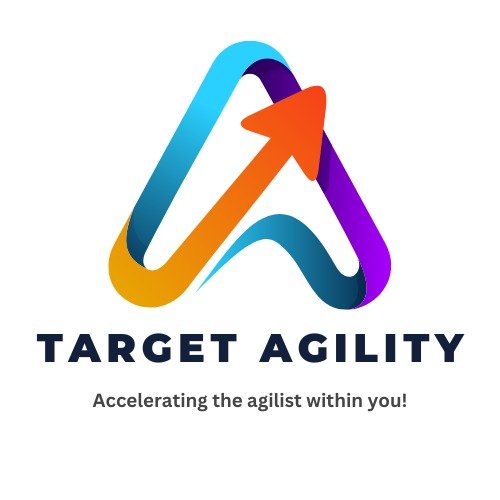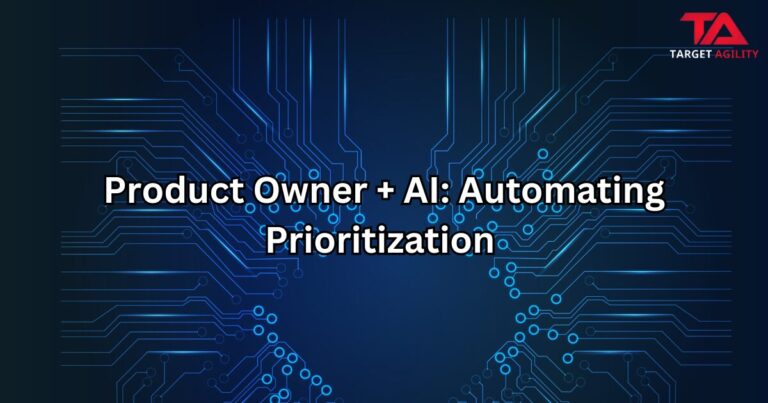Agile practices like Scrum are becoming more common in government offices and highly regulated industries like healthcare, banking, and defense. But many people still think Agile can’t work in these areas because of strict rules, documentation, and long approval processes.
That’s where SAFe (Scaled Agile Framework) helps. SAFe lets large organizations use Agile while still meeting compliance needs, delivering high-quality products, and keeping everyone aligned. In 2025, more and more regulated businesses are realizing that Agile and compliance can work together.
Why These Industries Need SAFe
Government and regulated industries often rely on old ways of working—long planning cycles, strict approvals, and fixed budgets. This slows down delivery and increases the chance of delivering outdated or low-value solutions.
SAFe helps by offering:
- Faster delivery of smaller, tested pieces of work
- Clear communication and alignment between departments
- Flexible plans that still meet long-term goals
- Risk and dependency management
- Built-in methods for staying compliant
SAFe modernizes the system without removing control.
SAFe Practices That Work Well in Regulated Fields
- Built-in Quality
SAFe focuses on building quality into every step. That means better testing, tracking, and fewer errors—great for meeting audit and legal requirements. - Lean Governance
SAFe uses lighter, smarter ways to manage budgets, risks, and reporting—still keeping leadership in the loop without slowing the teams. - Agile Release Trains (ARTs)
ARTs are teams of teams that deliver together in short timeframes. This gives predictability and coordination, which is perfect for complex, high-risk programs. - Compliance is Part of the Work
In SAFe, security and compliance experts join Agile teams early in the process. This helps avoid surprises later and ensures requirements are met from the start. - Program Increments (PIs)
Teams plan and deliver in timeboxed phases called PIs. This keeps leadership informed while letting teams adapt to feedback or changing needs.
Common Problems and How to Solve Them
Problem: “Agile = No Control”
Some think Agile means chaos. But SAFe has clear plans, roles, and responsibilities. In fact, it improves visibility for leaders.
✅ Tip: Use SAFe roles like Product Manager or Release Train Engineer to track work and report updates. Use Lean Portfolio Management (LPM) for managing funding and approvals.
Problem: “We Need Documentation”
Agile avoids over-documenting, but regulated industries must keep records.
✅ Tip: Use Agile tools like Jira Align to keep digital records of everything—requirements, changes, tests, and decisions. This meets documentation rules without wasting time.
Problem: “Our People Don’t Want to Change”
Government teams and large enterprises may be used to top-down control and fixed plans.
✅ Tip: Start small with a pilot Agile Release Train (ART), show the results, and train leaders. Change becomes easier when people see the benefits.
Real-Life Example
A national health department wanted to upgrade its tech systems while meeting strict health data laws. Using SAFe, they delivered working updates every 8 weeks instead of waiting a full year. Compliance was tracked in real time using Agile tools, and feedback was gathered early. This saved time, reduced risk, and met legal needs—all while delivering faster.
Tips for Success in Regulated Settings
- Involve Compliance Early
Don’t wait until the end to bring in legal and audit teams. Involve them from day one. - Use Flexible Contracts
Write contracts that allow change and collaboration while still setting clear expectations. - Document What Matters
Focus on useful documentation, not just paperwork for its own sake. - Track Business Value
Don’t just track process—measure how much value your work is delivering to users and stakeholders.
Final Thoughts
SAFe helps regulated industries become faster and more flexible while still following the rules. It gives teams the tools they need to build, test, and deliver valuable work without skipping important steps like compliance, audit, and reporting.
With the right setup, even government and tightly regulated industries can become Agile—not by ignoring the rules, but by working smarter within them.











